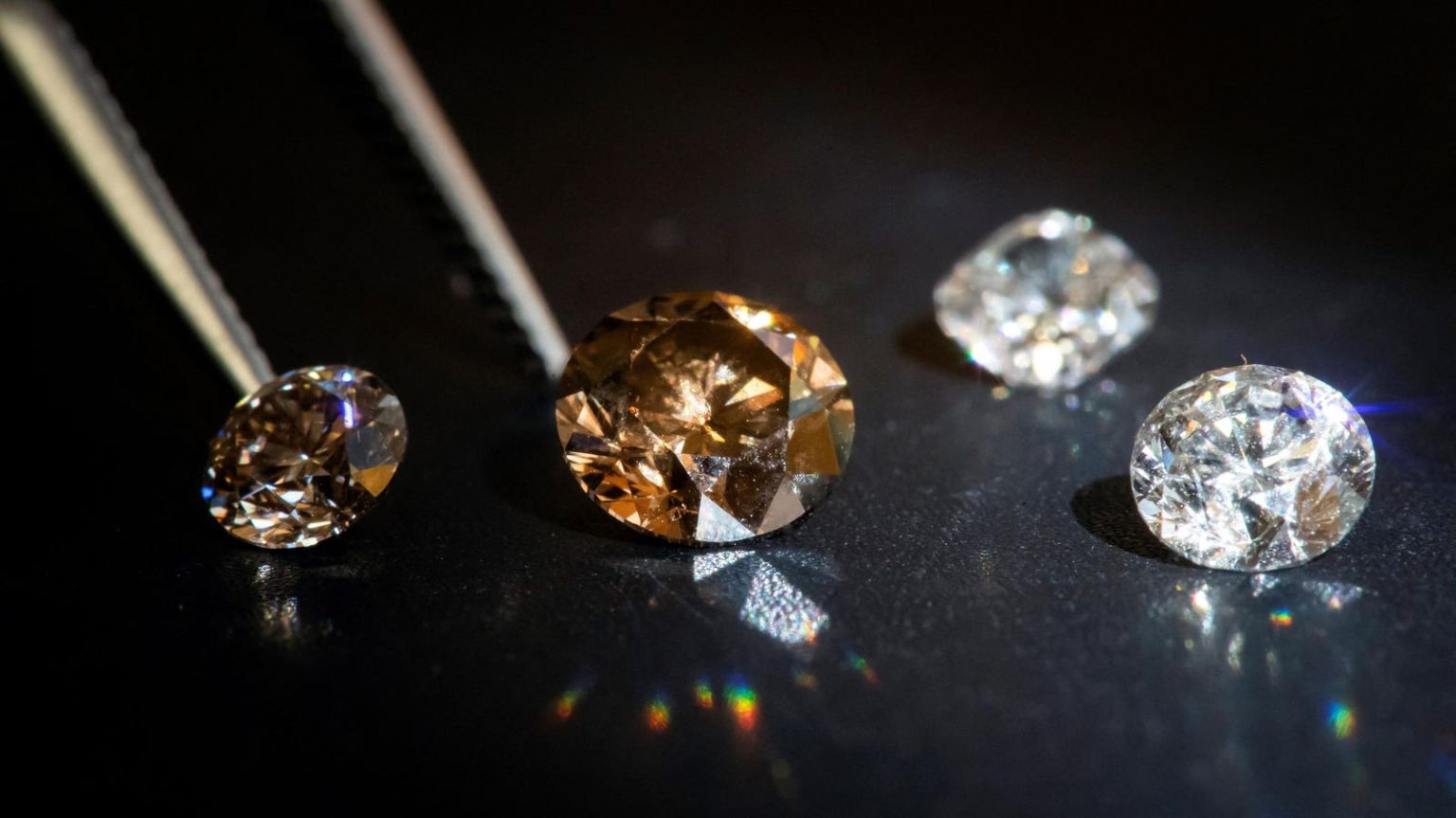Pandora, the world’s largest jewelry maker, reported strong first-quarter sales with lab-grown diamonds, signaling a shift in consumer preferences. The Copenhagen-based brand saw an 18% sales increase and predicts growth between 8%-10% this fiscal year, crediting lab-grown diamonds for a sales jump. With lab-grown diamonds only accounting for 20% of global diamond sales, there has been a rapid growth in sales, with global sales nearly hitting $12 billion in 2022, up from $1 billion in 2016.
As lab-grown diamonds gain popularity, companies specializing in natural diamonds are facing challenges due to a slump in prices caused by weakening demand and oversupply. De Beers, a leading diamond producer, is considering selling its business after a $1.6 billion write-down in February. Signet Jewelers, the largest retailer of natural diamonds, saw a 9.6% drop in same-store sales revenues, with challenges posed by independent jewelers offering significant discounts on lab-created products.
Lab-grown diamonds offer a much more affordable option, with prices up to 90% cheaper than natural diamonds, driving increased demand. The price gap between lab-grown and natural diamonds has widened over the years, making lab-grown diamonds more appealing to consumers. Additionally, lab-grown diamonds are visually indistinguishable from natural ones and have become widely accepted due to changes in definitions by the Federal Trade Commission in 2018.
Despite the success of lab-grown diamonds, concerns have arisen about the rapid decline in prices and its potential impact on profitability. Revenues from lab-grown diamonds are shrinking even as more units are sold, and retailers are facing eroding profitability. However, there is still uncertainty about the future of natural diamonds, with experts highlighting the unique value and appeal of natural diamonds for certain consumers who value their rarity and heritage.
The natural diamond market’s future remains uncertain as lab-grown diamonds continue to gain ground with their affordability and indistinguishable quality. Experts are divided on the long-term impact of lab-grown diamonds on the industry, with some believing that the appeal of natural diamonds’ value and rarity will endure. A recent discovery of a new method to create lab-grown diamonds in just a few hours using liquid metals and gases may further disrupt the landscape of lab-grown diamonds, potentially impacting their production and pricing.
The jewelry industry’s dynamics are evolving, with lab-grown diamonds leading the market with their affordability and quality. The shift in consumer preferences towards lab-grown diamonds is challenging traditional natural diamond companies, prompting them to adapt to changing market trends. Whether the natural diamond market will recover or be overshadowed by lab-grown diamonds in the long run remains to be seen, as both options offer unique value propositions for consumers.













